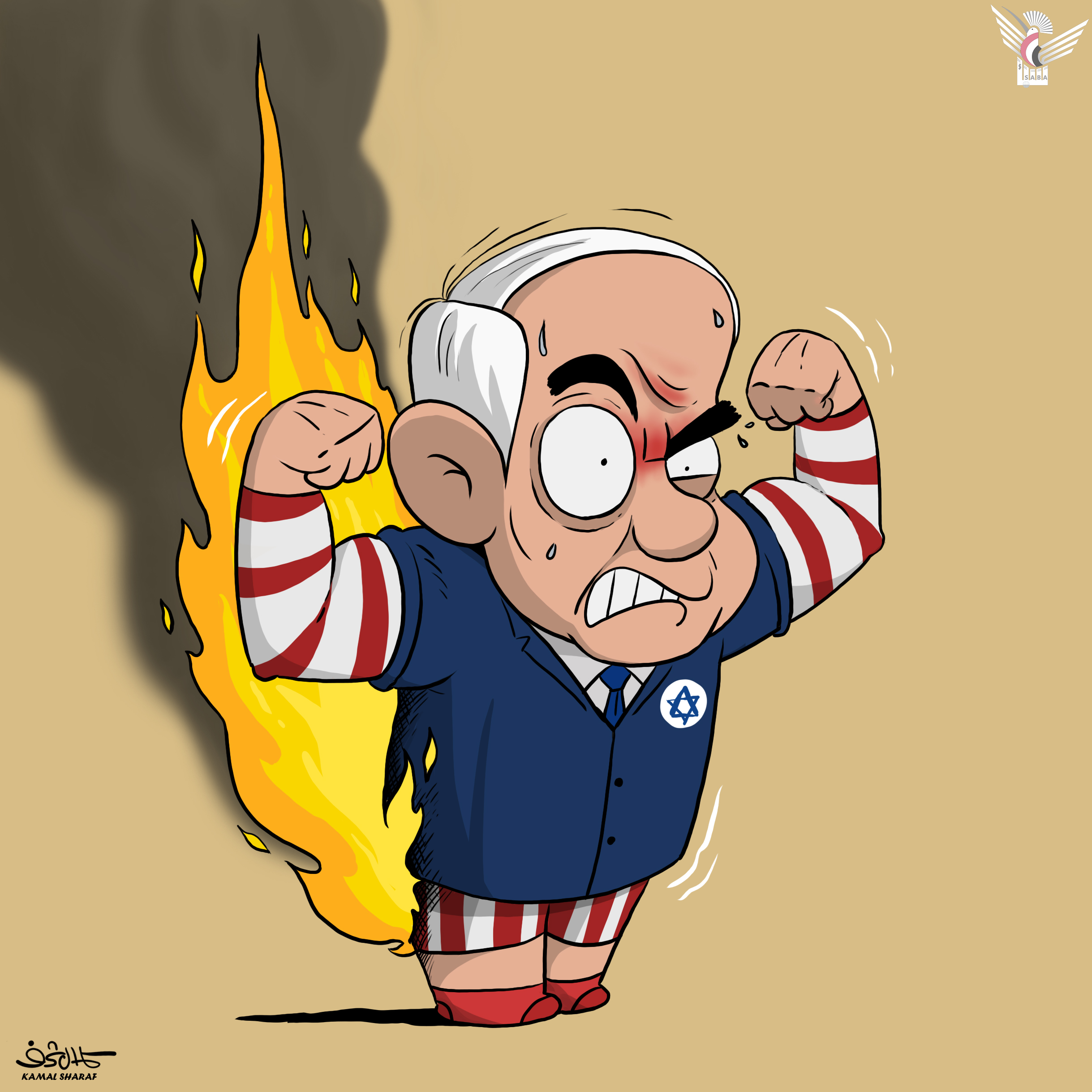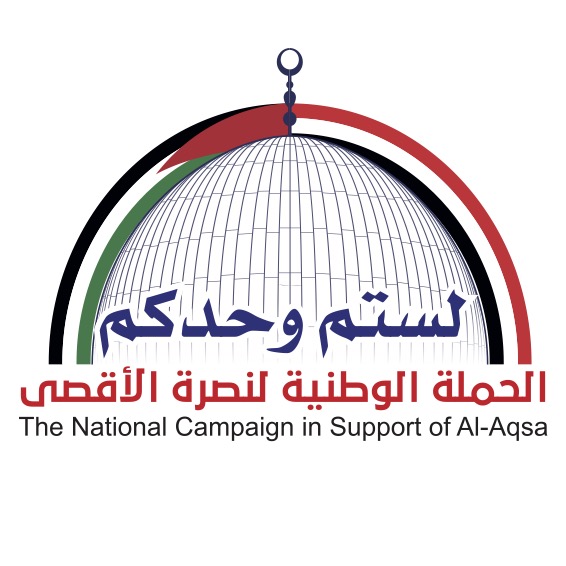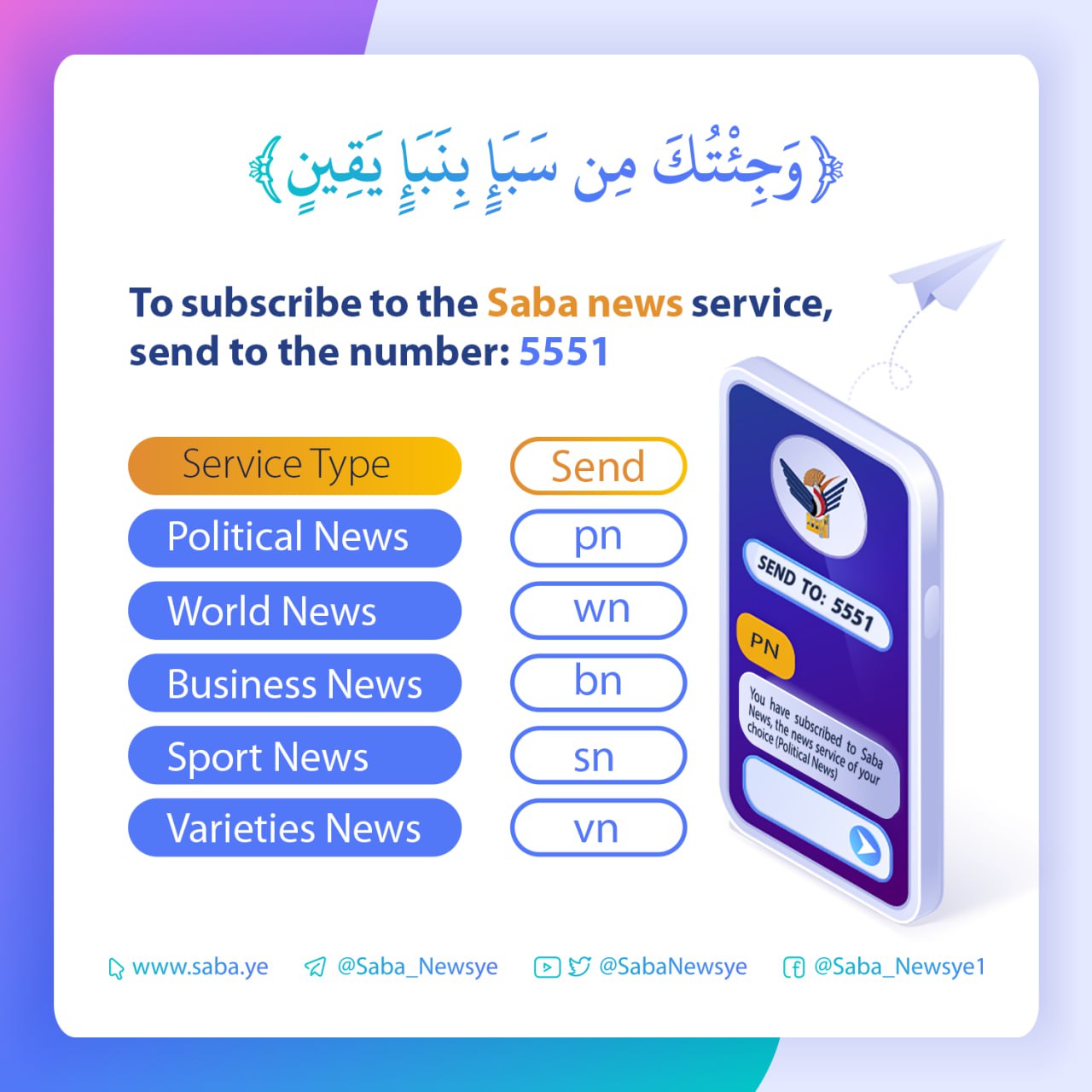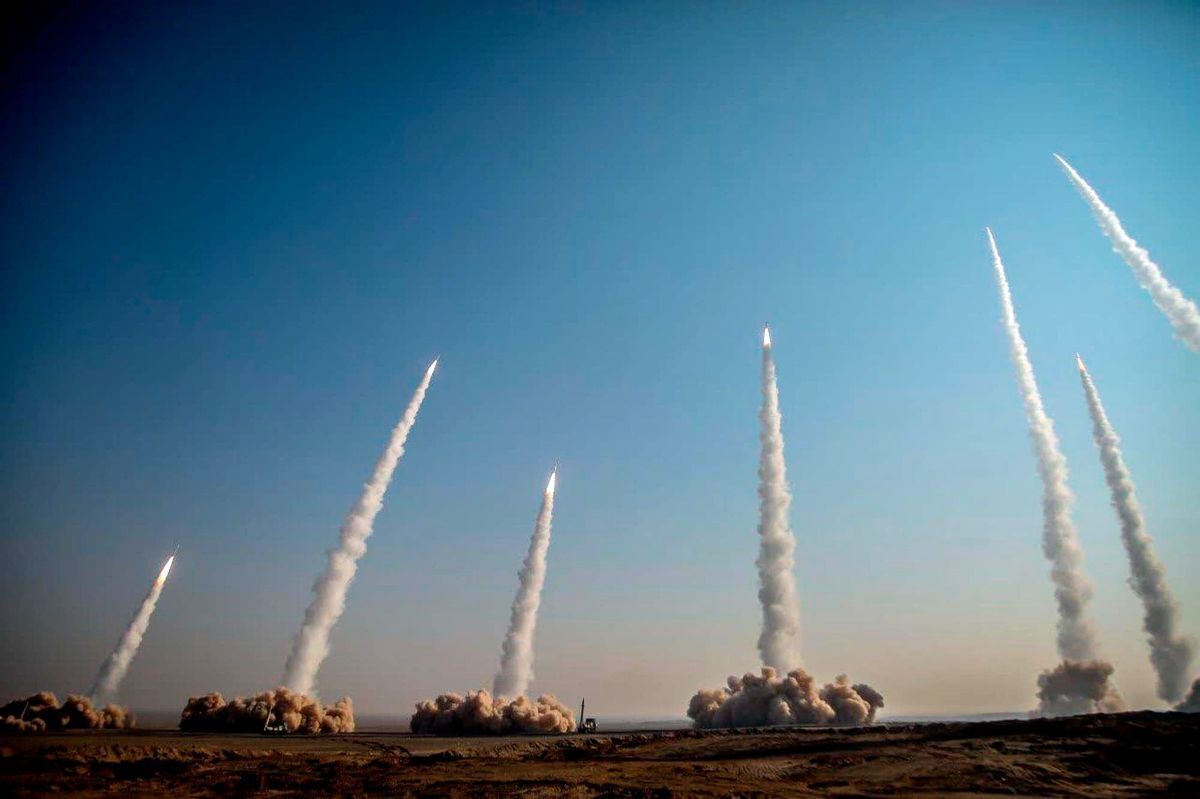Sana'a – Saba:
According to Israeli statements, it is clear that the entity placed the primary objective of its aggression against Iran on its missile force, considering long-range ballistic missiles a strategic threat to its capabilities, this was achieved during the 12-day war, when the Iranian missile force dominated the airspace of the occupied Palestinian territories, and the entity's air defense system was shattered on the ground. Before and after this, the entity's superior ability to target the enemy's strategic military capabilities was reduced to rubble under Iranian missile strikes.
Since its inception, the entity had never been subjected to a military strike like that achieved by Iranian ballistic missiles, the enemy was aware of the danger of Iran's missile force, and therefore worked to target it from its first raids. However, throughout the war, it was unable to achieve even a single target from the Iranian aerospace forces' stockpile and platforms. On the contrary, this force continued to dominate throughout the war, stripping the enemy of most of its advantages, transforming it within hours from attack to defense.
For 12 days, the Zionist raids have been unsuccessfully attempting to reach Iranian missile depots, stations, and platforms, they know that Iran possesses a massive stockpile of such weapons, enhancing its capabilities and giving it a significant advantage over the Israeli entity.
This is evident in the continued, intensive missile launches from Iran toward the entity, conducted twice daily, this achieved qualitative control and precise targeting, this was in addition to their ability to reach targets quickly and penetrate and exhaust air defense systems, this led to the testing of various levels of these missiles, which Iran used for the first time in this war.
For 12 days, Tehran sent out intensive missile waves, and not a single day of the war saw a decrease in these waves, this exhausted and weakened the enemy, forcing America to intervene and target three Iranian nuclear facilities.
Despite the American intervention, the missile waves were not affected or diminished. Rather, they remained regular throughout the war, confirming Iran's superiority in its war strategy, with their extensive arsenal, Israel and America were unable to target or influence Iran's missile force until the ceasefire agreement was announced.
Among the most prominent missiles that demonstrated Iran's impressive capabilities in this war were third-generation missiles, including the Khaybar Shekan and Khorramshahr-4 missiles, among others, these are surface-to-surface ballistic missiles that reflect the superiority of the IRGC's aerospace forces, clearly demonstrating themselves in this war, they underscored why Israel treated Iran's missile force as a strategic target and why it failed to defeat them. Indeed, these missiles actually damaged Israel, forcing it to request a ceasefire.
The Khaybar Shekan, or "Khaybar Breaker," is a solid-fueled strategic surface-to-surface ballistic missile manufactured by the IRGC's aerospace force, it is considered one of Iran's third-generation long-range missiles, it is merely an example of Iran's superiority in long-range missile launches, and it also demonstrates that there are missile capabilities that Iran has not revealed during this war.
M.M

| more of (Reports) |




